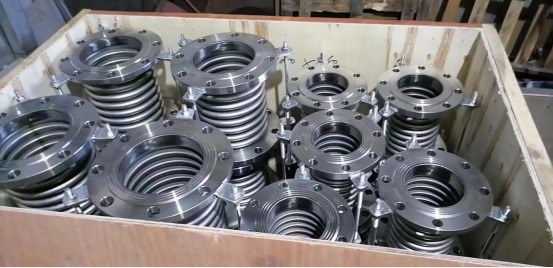Monel metal is renowned for its excellent corrosion resistance, strength, and durability. However, as sustainability becomes increasingly important in material selection, it is crucial to examine the environmental impact of using Monel metal.
Production and Environmental Impact
Raw Material Extraction:
- Nickel and Copper Mining:Monel metal primarily comprises nickel and copper. Mining these metals can significantly impact the environment, including habitat destruction, soil erosion, water pollution, and greenhouse gas emissions. Sustainable mining practices and stringent regulations are essential to mitigate these effects.
Energy Consumption:
- High Energy Usage:The production of Monel metal involves substantial energy consumption, particularly during the smelting and refining processes. This energy usage contributes to carbon emissions. Adopting energy-efficient technologies and renewable energy sources in production facilities can help reduce the carbon footprint.
Emissions and Waste:
- Pollutants and By-products:Manufacturing Monel metal generates pollutants and by-products that need appropriate management. Implementing advanced waste treatment and emission control systems can minimize the environmental footprint of production.
Usage and Longevity
Durability and Lifecycle:
- Extended Lifespan:Monel metal’s exceptional durability and corrosion resistance significantly extend the lifespan of products made from it. This longevity reduces the need for frequent replacements, lowering material consumption and waste generation over time.
- Maintenance Requirements:Monel metal requires minimal maintenance due to its robust properties, contributing to sustainability by reducing the resources and energy needed for upkeep.
Performance in Harsh Environments:
- Chemical and Marine Applications:Monel metal is extensively used in harsh environments, such as chemical processing plants and marine applications. Its resistance to corrosion and biofouling ensures reliable performance and safety, reducing the risk of environmental contamination from leaks or failures.
Recyclability and End-of-Life
High Recyclability:
- Material Recovery:Monel metal is highly recyclable, with the ability to be re-melted and reused without significant loss of properties. This recyclability makes it an environmentally friendly choice, as it reduces the demand for virgin raw materials and the associated environmental impacts of mining and processing.
- Closed-loop Recycling:Industries that utilize Monel metal can adopt closed-loop recycling practices, where scrap and end-of-life products are collected, processed, and reused in new production. This approach enhances material efficiency and reduces waste.
Reduced Environmental Impact:
- Lower Energy Requirements:Recycling Monel metal typically requires less energy compared to producing new metal from raw ores. This reduction in energy consumption translates to lower greenhouse gas emissions and a smaller carbon footprint.
Conclusion
The environmental impact of using Monel metal encompasses the effects of raw material extraction, production, usage, and end-of-life management. Partnering with responsible Monel suppliers and adhering to environmental standards are critical steps toward achieving a more sustainable future.

